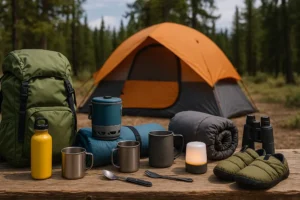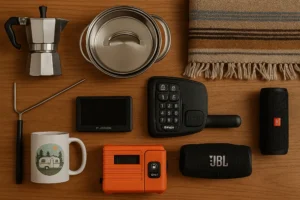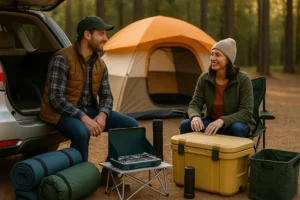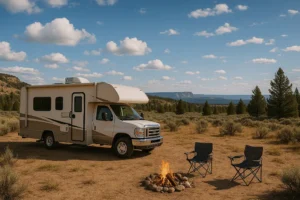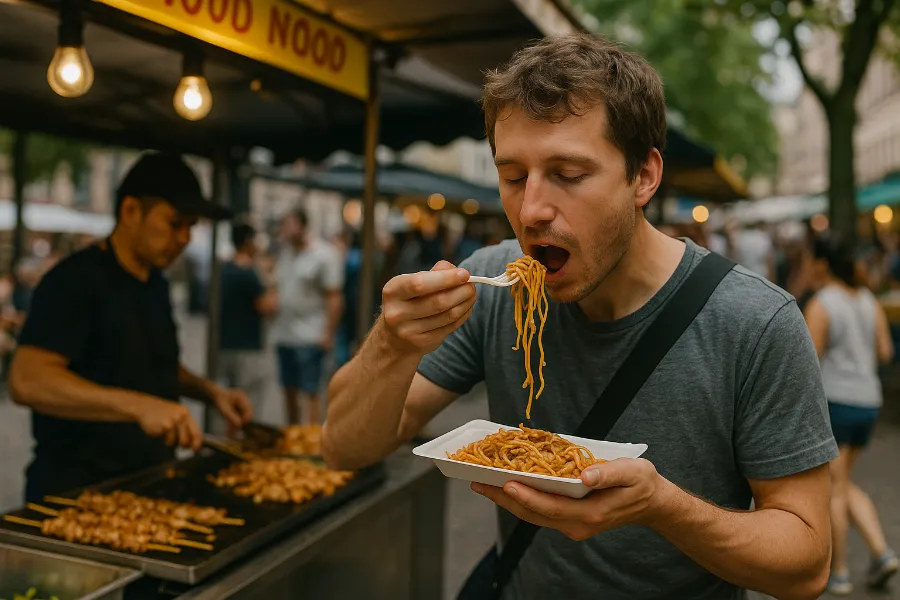
Traveling opens the door to unforgettable experiences—new places, people, and, of course, food. But as exciting as the culinary side of travel can be, it’s also one of the fastest ways to blow through your budget. Between restaurants, snacks, and late-night cravings, food can sometimes cost more than accommodation. That’s why learning how to save money on food while traveling is such a game-changer. With some smart planning and simple habits, you can savor your trip without draining your wallet.
Pack Snacks Before You Leave
One of the easiest ways to cut down on food expenses starts before you even leave home. Packing snacks like granola bars, nuts, or dried fruit helps you avoid overpriced airport food or tourist traps when hunger strikes. Think portable and filling—items that won’t spoil easily and can survive long days of walking or sightseeing.
Here’s a quick snack checklist:
- Protein bars
- Trail mix or nuts
- Instant oatmeal packets
- Reusable water bottle
The trick is to think ahead. Those little costs add up quickly when you’re on the road.
Cook When You Can
Eating out three times a day burns through cash fast. Cooking your own meals—even just once a day—makes a huge difference. If you’re staying in an Airbnb, hostel, or hotel with a kitchenette, take advantage of it. Breakfast is especially easy to prepare yourself: eggs, toast, fruit, or yogurt require little effort.
Even if your stay doesn’t include a kitchen, many destinations have local bakeries or simple groceries where you can grab items for a quick picnic. Think bread, cheese, and fresh fruit—it’s cheap, delicious, and gives you a taste of local life.
Shop at Local Markets
Local markets are not just about food—they’re an experience. From vibrant produce to regional delicacies, markets often sell fresh and authentic items at a fraction of restaurant prices. Plus, it’s a great way to connect with the culture.
Instead of grabbing breakfast at a café, why not buy pastries at a market? Instead of a sit-down dinner, grab some grilled skewers or fruit to-go. You’ll eat well and save money without missing out on the local vibe.
Street Food: The Budget Traveler’s Best Friend
Street food is the unsung hero of travel dining. It’s fast, cheap, and often more authentic than sit-down restaurants. Countries like Thailand, Mexico, and Vietnam are famous for their street food culture, but even in Europe or the U.S., food trucks and small stalls offer tasty bargains.
A plate of noodles or tacos can cost half—or even a third—of what you’d spend in a restaurant. Just be cautious about hygiene: look for busy vendors with steady turnover to ensure freshness.
Share Meals and Save
In many destinations, restaurant portions are massive. Instead of ordering two entrees, share one with your travel partner. Not only do you save money, but you also avoid the food waste that comes with oversized servings.
If you’re traveling solo, consider ordering an appetizer as your main course or asking for a half-portion. Many restaurants are happy to accommodate.
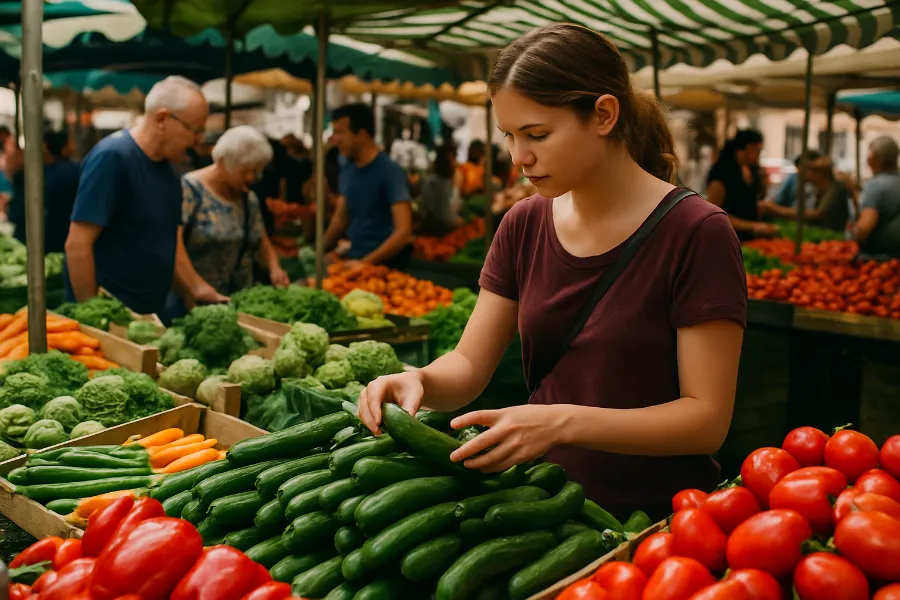
Choose Lunch Over Dinner
If you want to experience a nicer restaurant without breaking the bank, go for lunch instead of dinner. Many places offer lunch specials with nearly the same dishes at a much lower price. You’ll get the same quality and experience—just with a lighter hit to your wallet.
It’s also a great way to enjoy a treat without feeling guilty about overspending.
Skip Alcohol and Extras
Alcohol is one of the fastest ways to rack up a food bill. A cocktail or two can cost as much as your meal. The same goes for extras like appetizers, sides, and desserts.
A good rule of thumb: pick one splurge. Either enjoy a cocktail, share a dessert, or go for an appetizer—but avoid all three at once. Cutting back on these “extras” means you can stretch your food budget much further.
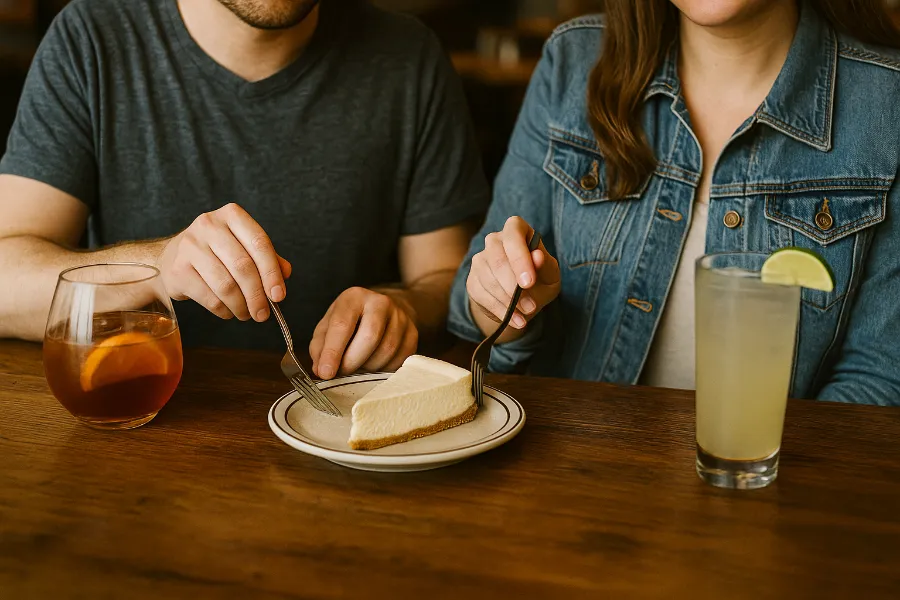
Take Advantage of Free Breakfast
Hotels and hostels that offer free breakfast give you an instant budget win. Even a simple spread of bread, fruit, and coffee saves you at least one meal’s worth of spending.
If the breakfast is hearty, consider eating enough to tide you over until a late lunch. That way, you only need to cover one more full meal during the day.
Plan Ahead
Impulse dining is the enemy of budget travel. Research restaurants, markets, and affordable food spots before you go. Apps like Google Maps, TripAdvisor, or even local forums can help you find cheap eats in your destination.
Planning also means budgeting for food in advance. Decide how much you’re willing to spend daily, and stick to it. By setting expectations upfront, you’ll avoid unpleasant surprises.

Balance Saving with Experience
At the end of the day, food is part of the travel experience. While it’s important to be smart with your money, don’t miss out on meals that truly define a place. Splurge once in a while on that iconic dish or highly rated restaurant. Saving money doesn’t mean depriving yourself—it means spending wisely so you can enjoy more in the long run.
Final Thoughts
Learning how to save money on food while traveling is all about balance. Pack snacks, cook when possible, embrace street food, and make smart choices like sharing meals or dining at lunch. These little habits add up, giving you more freedom to enjoy your trip without stressing over expenses. At the same time, leave room for indulgence—it’s those memorable meals that often stick with us long after we return home.




